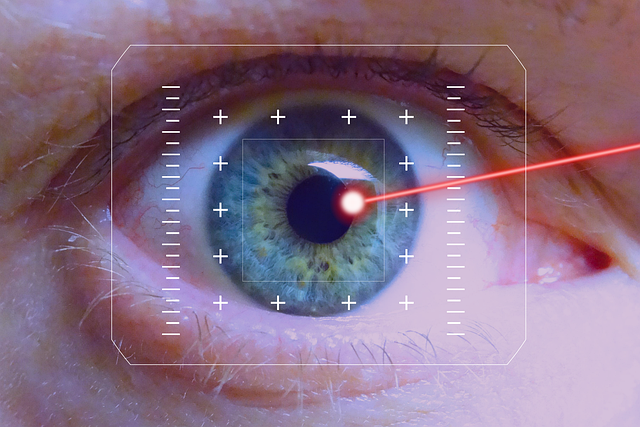Capturing Light: The Art of Designing Brightness in Photography
Photography, at its core, is a dance between light and shadows. This delicate interplay shapes the mood, emotion, and storytelling of an image. One of the most significant aspects of this dance is brightness. Understanding and mastering the art of designing brightness can transform ordinary photographs into extraordinary works of art.
The Essence of Brightness
Brightness in photography goes beyond mere illumination; it signifies the emotional undertones in an image. A brilliantly lit scene can evoke feelings of joy, vitality, and inspiration, while subdued lighting may convey mystery, introspection, or melancholy. When we capture light effectively, we are not just documenting a scene—we are conveying an entire narrative.
Balancing Brightness and Shadows
One of the fundamental skills in photography is achieving a harmonious balance between brightness and shadow. This balance is crucial in crafting an image’s depth and dimension. Shadows add contrast and texture, while brightness draws the viewer’s eye to focal points. The interplay between these elements allows photographers to design an image that feels alive, engaging the viewer’s senses.
Utilizing Natural Light
Natural light is one of the most powerful tools in a photographer’s arsenal. The golden hour, shortly after dawn and before dusk, provides a soft, diffused brightness that enhances colors and creates a warm atmosphere. Photographing during these magical hours allows you to capture scenes filled with an inviting glow, evoking emotions that resonate deep within the viewer.
The Role of Artificial Light
While natural light is enchanting, artificial light also plays a pivotal role in the art of brightness. Techniques such as backlighting, side lighting, and fill lighting can help create drama and highlight specific features within a frame. By manipulating artificial light sources, photographers can craft unique compositions that breathe life into their images.
Post-Processing for Enhanced Brightness
The design of brightness continues even after the shutter clicks. Post-processing software offers tools to refine brightness levels, add contrast, and adjust highlights and shadows. However, it’s essential to use these tools judiciously. Over-editing can lead to unnatural results, whereas subtle adjustments can enhance the image’s inherent beauty, ensuring the brightness feels organic and genuine.
Creating Emotional Connections
Ultimately, the art of designing brightness in photography is about more than just technique; it’s about connecting with the viewer on an emotional level. Each photograph tells a story, and how you choose to illuminate that story can alter its impact. An image bathed in warm light may evoke feelings of nostalgia, whereas a stark, high-contrast photograph can provoke a sense of urgency or tension.
As photographers, we are artists tasked with capturing the fleeting moments of life. By understanding and mastering brightness, we can create compelling images that not only please the eye but stir the soul, inviting viewers to see the world through our lens. Embrace the art of designing brightness, and watch as your photography transforms into a vibrant tapestry of light and emotion.




